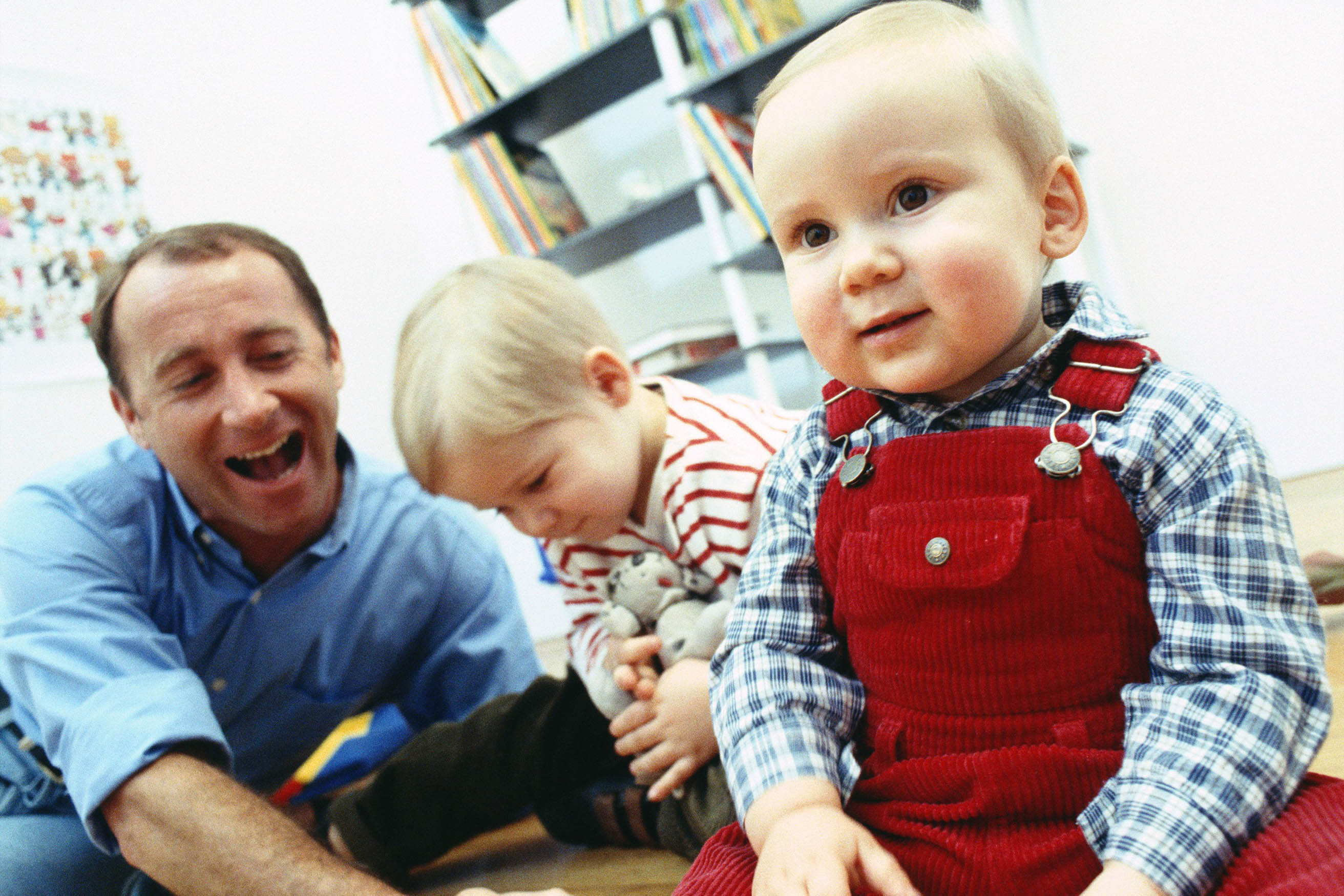
This tool will help you to develop your child’s communication skills. As you work your way through the program you will learn strategies to use with your child during daily routines.
Adapted from Weitzman, E. (2017). It Takes Two to Talk: A practical guide for parents of children with language delays (5th ed). Toronto, Ontario: The Hanen Program.
Paul, R., Norbury, C., & Gosse, C. (2017). Language Disorders from Infancy Through Adolescence: Listening, Speaking, Reading, Writing, and Communicating. Philadelphia: Mosby.
- Speech is how we say sounds and words.
- Language is the words we understand and the words we use to express ourselves.
Things to be mindful of…
- We know children learn language through interactions. Many apps and television shows are marketed to children learning language; however, we know that they are not effective in helping children to learn how to talk and should not replace interactions.
Screens can also be distracting and affect the interactions you have with your child.
New vocabulary, words and sounds are learnt in everyday interactions between children and their environment. If your child is having screen time, use it as an opportunity to engage with them, talk about what you are watching, ask them questions, etc.
In Australia, the guidelines regarding screentime are:
- Under two years: none
- 2-5 years: No more than 1 hour per day
Useful Links
The link between dummy use and language or speech difficulties is unclear. We do know that children may have less opportunities to babble, make sounds, talk, and use verbal communication if they have a dummy in their mouth. Dummy use may affect the opportunities your child has to practice their language and/or speech.
Dummy use past the age of 2-3 years may also impact your child’s dentition.
If you are needing support with your child and their dummy use, contact your local public health service.
The dummy debate: do dummies cause speech problems? | Banter Speech & Language
Nelson, A. (2012). A Comprehensive Review of Evidence and Current Recommendations Related to Pacifier Usage. Journal of Pediatric Nursing (2012) 27, 690-699
Learning more than one language does not cause language delays in children.
Children who learn two languages may have smaller vocabulary if considering only one language, but they should have similar number of words to children who are only learning English when both languages are considered.
If your child is experiencing language difficulties or delays, please contact a speech pathologist at your local public health service or visit the Speech Pathology Australia website to find a speech pathologist.
Bilingualism in Young Children: Separating Fact from Fiction (hanen.org)
Adequate hearing is crucial for speech and language development. Ear infections may cause hearing loss, impacting how your child’s speech and language skills progress.
Children may not always tell you if they have ear soreness or show signs of pain or fever. Look of for these signs for ear infections:
- tugging on the ears
- congestion and runny nose
- asking for people to repeat what they have said more often
- turning up the volume on the TV
- poor balance
If you suspect your child has an ear infection or is not hearing as usual, see your health professional or contact your local public health service.
Evidence shows early intervention supports better speech and language outcomes.
Learning speech and language is difficult for your child. It will take time, persistence and consistency. Sometimes, however, children have added difficulties learning these skills at the typical rate. This can be for a wide variety of reasons.
If you are concerned with your child’s speech or language, please contact your local public health service or visit the Speech Pathology Australia website to find a speech pathologist.
Paul, R., Norbury, C., & Gosse, C. (2017). Language Disorders from Infancy Through Adolescence: Listening, Speaking, Reading, Writing, and Communicating. Philadelphia: Mosby.




